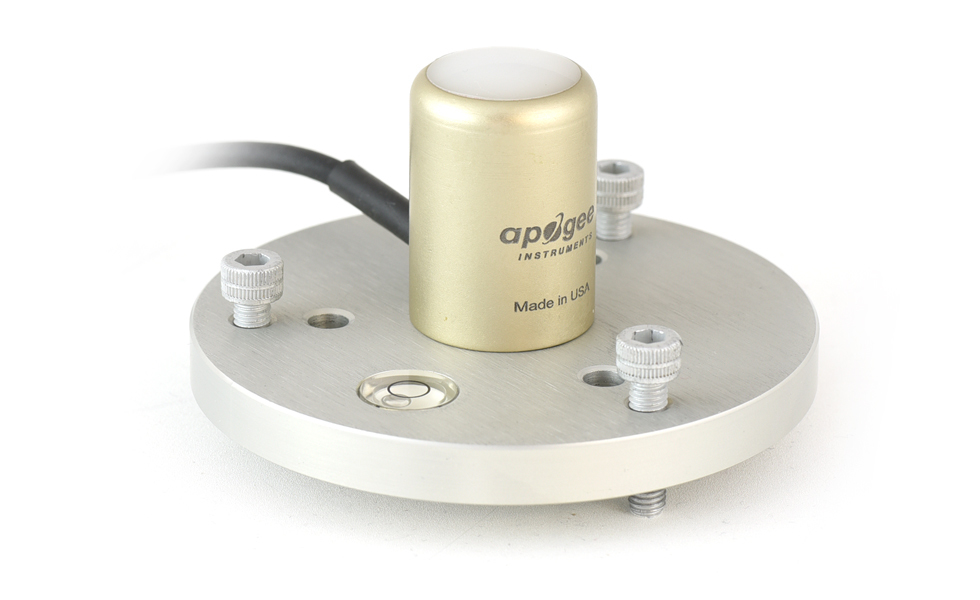The Apogee MQ-500 quantum meter is a new and improved light measuring device which gives more accurate readings under all light types. For many years the Apogee MQ-200 with its long waterproof sensor has been the gold standard in measuring light in our aquariums.
However in recent years it has come to light that the type of sensor used in the MQ-200 and other PAR meters have been overly sensitive to the type of light produced by light emitting diodes, and giving inaccurately bright readings. The MQ-500 rectifies this discrepancy giving much better and more accurate readings of photosynthetically active radiation from all types of light, including LEDs.
Since the explosion of LED lighting over our reef tanks, we’ve grown increasingly skeptical of the actual readings coming from our MQ-200 PAR meter, and hence have shied away from using it as much as we did back in the Halide and Fluorescent lighting days. According to Apogee, what makes the new SQ-500 so much better is “The new 500 series sensors feature an entirely new detector that took over two years to develop. It now matches the ideal quantum spectrum much more closely than the old detector”.

The improved accuracy of the Apogee MQ-500 comes at a slight premium, costing $495 compared to the $375 for the previous MQ-200. Fortunately, Apogee is also offering an upgrade program for current owners of an MQ-200 who will be able to send in their meter to Apogee to switch out the sensor for $195.
If you are electronically inclined, there is a bare SQ-500 sensor available for $295 which can be hooked up to your own datalogger of choice. For the rest of us, we can only hope that the SQ-500 quantum meter becomes available in a USB version like the SQ-200. We look forward to testing out the new MQ-500 series Quantum Meter and comparing it to our current MQ-200 to determine how much difference in PAR measurements these two devices measure from aquarium lighting. [Apogee]



